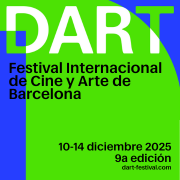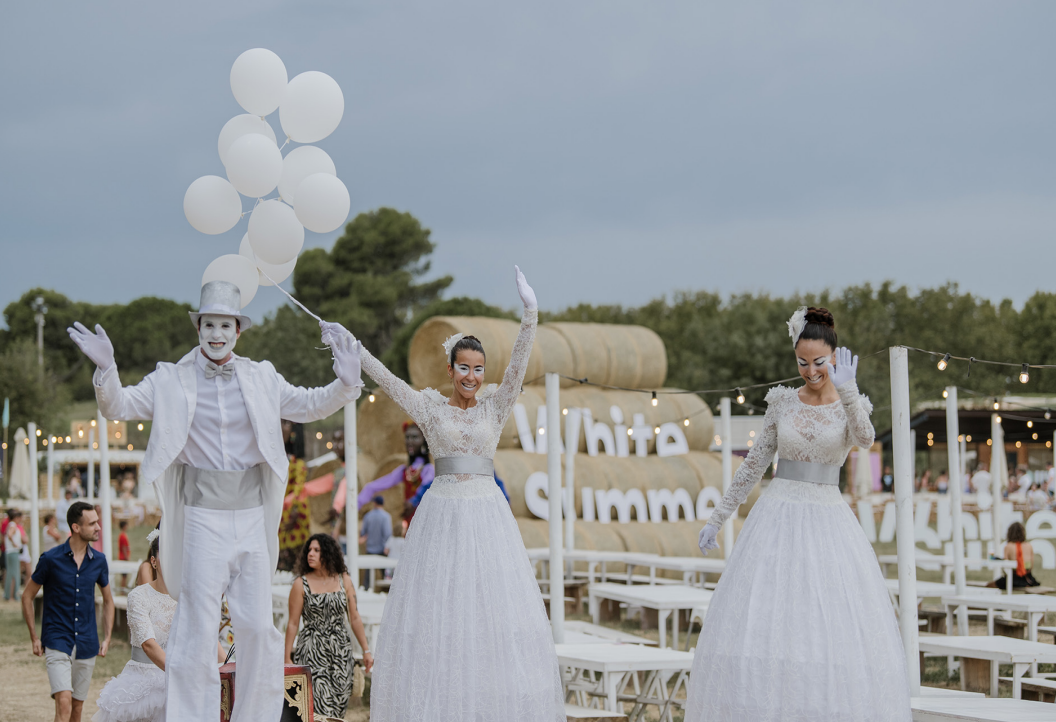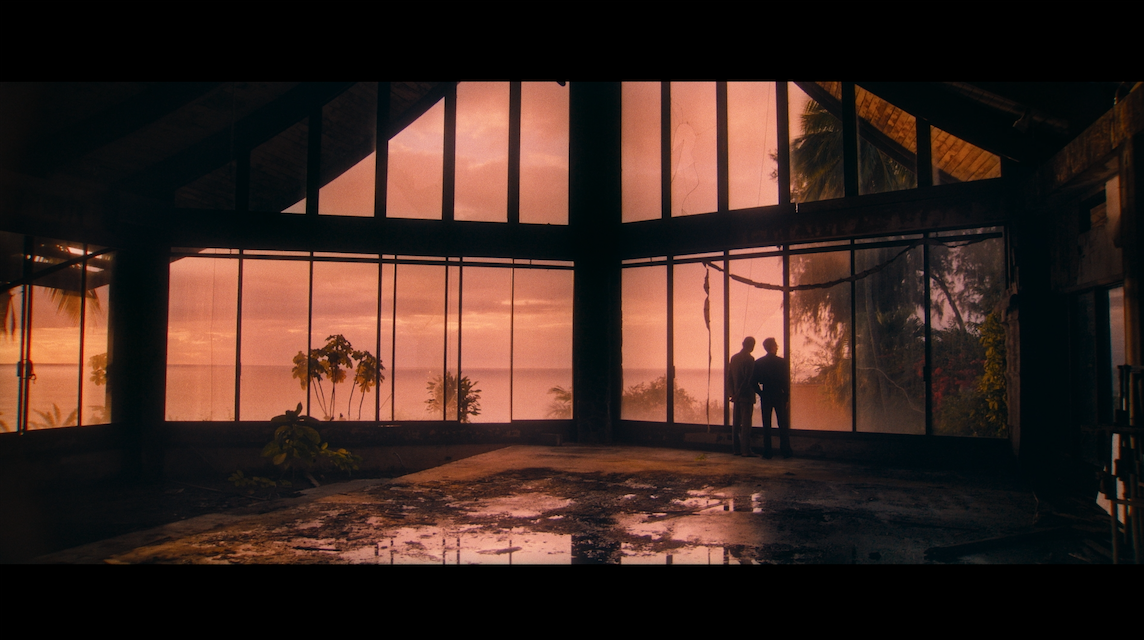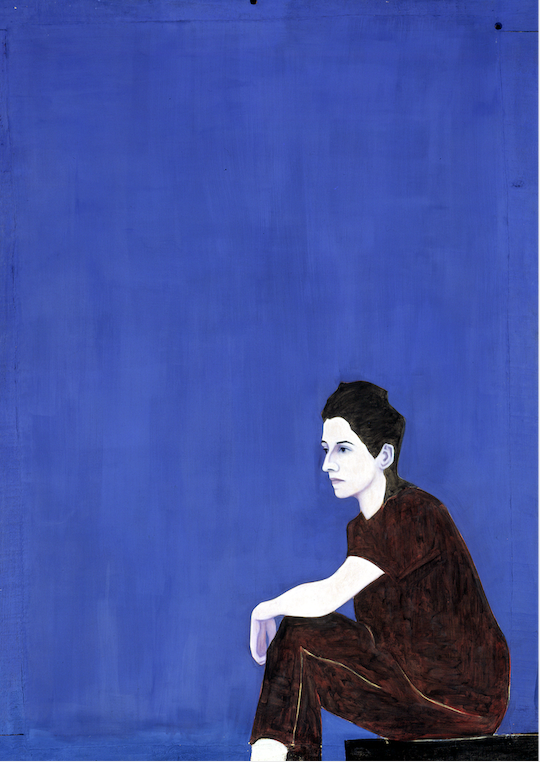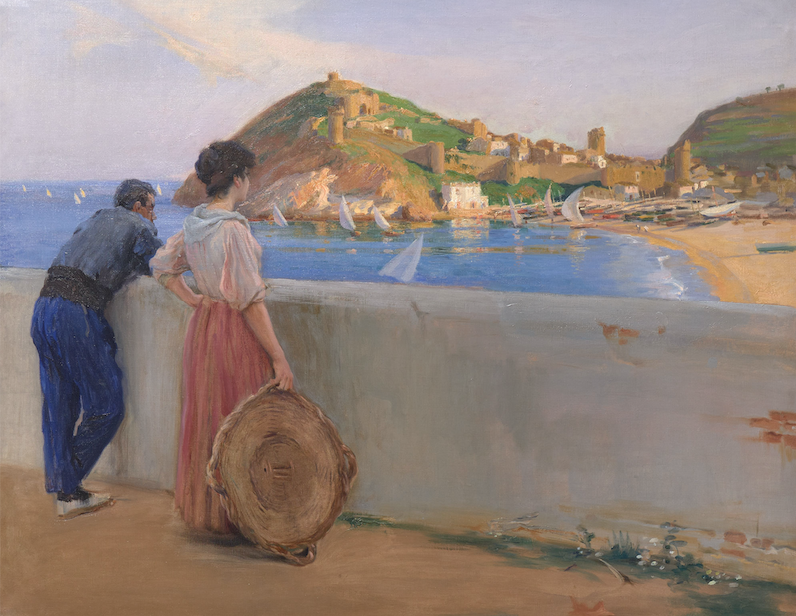Exhibitions
Collective at the Old Corçà Flour Mill
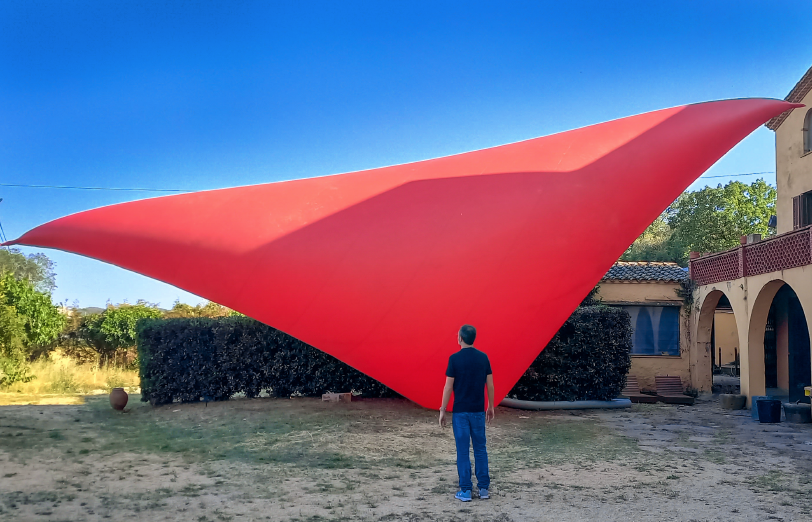
For the third consecutive year, an exhibition of a total of eleven artists, most of them women, is presented, which has been organized by the Bombon, Joan Prats and Nogueras Blanchard galleries in Barcelona from June 24 to August 27 this year at the old flour mill in Corçà. The artists participating in this exhibition are: Alfons Borrell, Ludovica Carbotta, Juliana Cerqueira Leite, Joana Escoval, Lara Fluxà, Joan Hernàndez Pijuan, Joan Miró, Ester Partegàs, Josep Ponsatí, Josep Maria Sicília or Tadáskía, among others. According to Rebeca Blanchard "this project is a much calmer way of maintaining a real dialogue with the viewer, leaving the established system and reconnecting with the visitor. The aim is to facilitate a physical and emotional encounter with art in a natural environment and with a relaxed atmosphere". The initiative of these three galleries confirms a trend of large galleries to open an ephemeral location in spaces far from the city during the summer months. As an example, the proliferation of art spaces in Palm Beach (Florida) or the Hamptons (New York).
[filed718]
the movement
For its part, the exhibition entitled Meridiano espíritu fantástico should be highlighted. The director of the Joan Prats gallery, Patricia Muga explains that "we want the visitor to be carried away by the current of the water. Each one will reach a different point on the shore". At the exhibition we meet artists from different generations. "Sometimes, it is difficult to find a master like Miró with someone much younger, an emerging artist like Tadàskia or a mid-career like Ester Partegàs, Juliana Cerqueira Leite, Joana Escoval or Lara Fluxà. This dialogue, sometimes impossible, we find here," explains Muga. As for the hall text, it was written by the poet Ángela Segovia. As a novelty this year, the host galleries have invited the architecture studio La Base and the publishing house Terranova to collaborate on the proposal, generating new synergies between art, architecture, design and artists' books.
The program is completed with parallel activities developed with artists and other cultural agents such as the presentation of the book entitled "A Perfect Sentence" by Oliver Frank Chanarín. For this exhibition, Chanarin with his camera immerses himself in the marginal aspect, from suburban fetish clubs to amateur theater groups in church halls or gender activists protesting in the streets. Through photographs, he tries to reconcile the eccentricity of what is British with the urgent need for new forms of representation. Like Chanarin's previous projects, A Perfect Sentence straddles the line between discipline and randomness.



